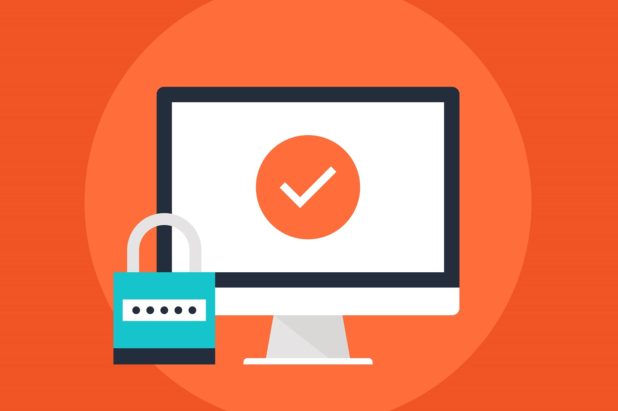
In the second quarter of 2016, e-commerce sales rose by 15.8 percent, a growth rate faster than has been seen in almost two years. Over the last year, e-commerce fraud has increased by almost the same amount, 15 percent.
It’s not only the frequency of online fraud that has increased. The cost per dollar of e-commerce fraud increased by 9-12 percent this year while growing by just 3 percent for in-store fraud.
It’s important to take advantage of the growing digital market. It is equally important to do so safely and securely. Putting security measures in place will protect your customers and your business from the serious costs of digital fraud.
Here are four tips for a safe and secure e-commerce environment.
1. Always Keep URLs in HTTPS during the Checkout Process
When you connect to a website using HTTP, your browser connects to the IP address associated with that website and presumes it is then on the right web server. This opens the door for imposter websites to trick users. In HTTP, data is also sent back and forth in unencrypted text that others can easily read.
The S in HTTPS stands for secure. HTTPS attempts to correct the security issues HTTP presents in several ways. When connecting to a website, your internet browser authenticates the site’s security certificate. This way, you know if you are actually on the correct website. When using HTTPS, your data also travels on an encrypted connection, so others can’t read it.
It’s important to be sure your checkout process stays in HTTPS during the entire transaction, even if a customer leaves the checkout section of your site and comes back. Maintaining a secure HTTPS connection will not only make your customers feel safe, but it’ll also protect your business.
2. Regularly Update Web Server Control Panel Password
Just as your customers should regularly update their passwords, you should also regularly update your web server control panel password.
If the wrong person gets access to your web server control panel, the result could be disastrous. This person could gain access to sensitive information and take over control of your site.
It’s suggested that you change your password every month or two, and anytime someone who had the password stops being employed by your company, to ensure only the right people can access your control panel.
3. Consider Additional Security Programs
Many security software and credit card companies offer programs that provide added security and fraud prevention measures. Verified by Visa, MasterCard Merchant Fraud Protection, McAfee Secure and Verisign are examples of these programs. Research each one to determine which best provides what your business needs.
Using programs from large, reputable companies like Visa and McAfee offers some advantages over smaller, open-source or do-it-yourself options.
These companies have the resources to develop state-of-the-art security measures that present greater challenges to hacking and fraud attempts, and they frequently update their programs. These programs have an advantage over open-source options because the code is not available to would-be perpetrators. This makes it much more difficult to find ways to sneak past the security measures.
4. Keep an Eye Out for Suspicious Behavior with System Alerts
Adoption of cloud-based services and online stores is only expected to increase and, as it does, attempts at fraud will likely increase as well. That’s why checking suspicious behavior on your site is so important.
Some e-commerce platforms automatically include processes to alert you if questionable activity occurs. If yours does not, third-party systems may be useful. Check with the company whose platform you use to see if alerts are in place or not.
Some examples of suspicious activity include:
- Multiple declined transactions
- Address information that doesn’t match up
- Numerous purchases using various credit cards from the same customer
- Customers who purchase multiples of the same item or large, expensive orders and pay for expedited shipping
E-Commerce Isn’t Going Away – and Neither Are Attempts at Fraud
More and more consumers are shopping online. As e-commerce becomes more common, so does e-commerce fraud. Digital fraud presents unique challenges to businesses. It costs businesses money, and is, in many ways, more difficult to prevent than in-store fraud.
However, as instances and costs of fraud increase, so do the sophistication of measures to prevent it. It is increasingly critical for businesses to use these measures and offer secure, safe experiences to their customers that prevent fraud, protect their customers’ information and prevent financial loss to the business.
About Endicia
Endicia is a leading provider of internet-based postage services that make it easier and more affordable to ship parcels through the U.S. Postal Service®. We know that shipping can be complex and our goal is to simplify your shipping operations so you can focus on doing what you do best. Visit us at www.endicia.com to learn more.



